Where did the world come from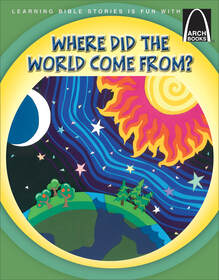 We are continuing to learn the hand motions for this delightful poem which is found in this book with colorful illustrations. This brings us back to Who made it all and Why we can explore it.
Read Aloud: The Sun and Stargazing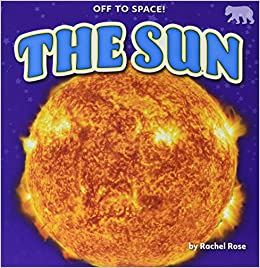 This is the first book that I read to the students today. It is a newer book with wonderful pictures that illustrated the tilt of the earth around the sun giving reason for the seasons. 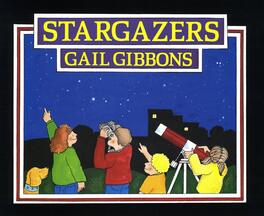 This is the second book that I read to the students after we learned that the Sun was a star. Points of learning this book touched on were:
Twinkle Twinkle Little StarHere is a little song that I taught the students to remember what stars are: Twinkle Twinkle Little Star You’re a ball of gas that’s far 32 light years in the sky 10 parsecs which is really high Helium and Hydrogen Fuse to make our starry friend When it enters supernova stage It explodes with bursts of rays. And if the star’s mass is big and bold It will become a black hole! How to find the North Star1. Find the Big Dipper 2. Look for the two stars at the right edge of the Big Dipper. 3. Follow these two stars (Dubhe and Merak) straight and there will be the North Star or Polaris. I used black construction paper and a white map pencil to draw a diagram of the Big Dipper, labeling the two stars on the right side of the dipper, Dubhe and Merak respectively. I then drew an arrow from these stars up to the North Star or Polaris so that the students would be able to find the North Star in the sky. Polaris is the last star on the handle of the Little Dipper as well. I had the students use star stickers to place on the dots. As the stars were colored, this was a great time to review the different colors of stars and their temperatures. Red stars are cooler, yellow stars are medium, and blue/white stars are hot. making a constellation viewer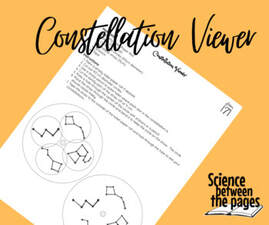 I prepped this activity for class but the directions on how to do this are on the printable along with the templates to cut out. 1. Paint the toilet paper rolls 2. Cut out the constellation viewer template 3. Use a straight pin to poke the holes 4. Use scissors to punch a hole in the middle for the straw 5. Cut a bendy straw in half and feed it through the constellation circle 6. Tape the constellation circle to the toilet paper roll and Voila!
0 Comments
Manna Moment and Opening ActivitiesAs the students entered, I set out the photosynthesis cards and had them pick the ingredients for it and make some food for their plant and oxygen for us. I made it into an equation where Sun + Water+ CO2 = Sugar + O2. We then remembered that our Creation God has set all of Creation in order and in motion by reviewing the first three days of Creation and learning the hand motions for the fourth day of Creation that go with Where Did the World Come From? 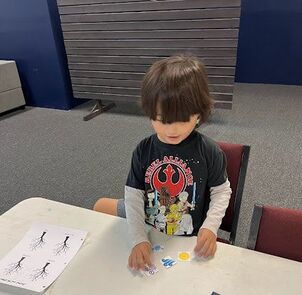 One of my students was having trouble putting the equation for photosynthesis together and another student would race over to him and help him with the next part of the equation. I loved seeing the team work and kindness! Why do we have Seasons?We need the energy from the Sun for plants to grow and we have food. Yet another component of growing food is the importance of our seasons and how we get to have four seasons so that we have enough time to grow the amount of food necessary for life on earth. We also need the tilt of the Earth to give us our spring and fall seasons. If our Earth hung in space straight up and down, we would simple have winter and summer which would not give us enough time to grow food. I brought in a lamp with no shade to represent the Sun and an inflatable globe that I used to demonstrate how the Earth rotates on its axis at a tilt while revolving around the Sun. The students were able to see why the tilt was so important. While traveling around the Sun, we sang the Season's Song to the tune of 'This Old Man' 'Winter, Spring, Summer, Fall There are seasons Four in all Look outside and you will see It is _________, yes sirree It was funny today, I wasn't sure which season the students would say it is. It's 'supposed' to be winter and cold yet it was 70 degrees when I taught this lesson and felt a whole lot like spring. Texas weather, very unpredicatable. Read Aloud: The Seasons of Arnolds Apple Tree by Gail Gibbons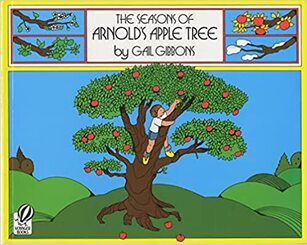 This book highlights the changes in the tree as it goes through the seasons and how Arnold responds to the changes. Something to not is that he never complains and each season brings new activities that he is glad to do. Seasonal tissue paper trees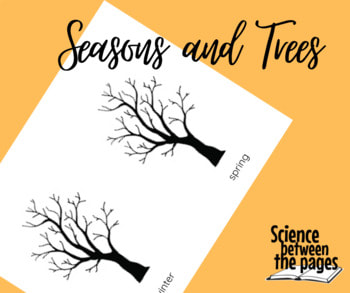 To review the different seasons during class, I had the students make tissue paper trees and remember the seasons, why we have seasons, and what are the two things that we need in order to have the seasons. We need the seasons in order to grow food. We need the sun to give energy to the plants to make food through photosynthesis, and we need the earth tilted at just the right angle so that we can have the pleasant seasons that we do.
Homework highlight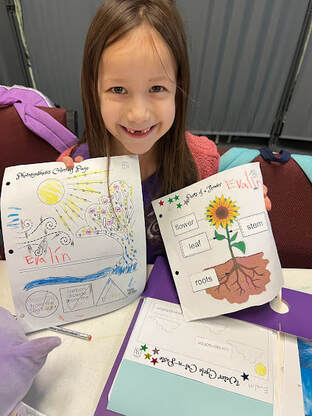 I love seeing all the students complete their homework. They receive stickers for completion that work towards a prize at the end of class. Read Aloud: Mortimer's First Garden by Karma Wilson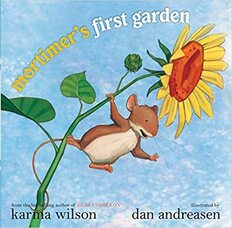 Can you imagine being a tiny mouse and the only thing you have ever done with seeds is eat them? What an outlandish thought to stick something you have always devoured and put it in the dirt! Sometimes the Lord asks us to do some outlandish things and by faith, we do. When we do, the abundance of joy is reaped. I loved using this book to introduce the parts of a plant as it begins to grow from the seed that Mortimer planted in faith. a Leaf Kitchen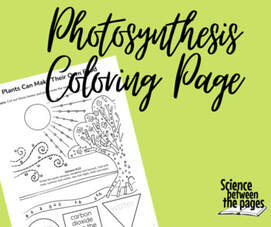 To break down the process of photosynthesis, I brought in a toy oven, a 6 space muffin tin, a lightbulb to represent the sun, two different colored balloons, some sugar packets and little cards that have water droplets on it. I placed the 'ingredients' of photosynthesis in the muffin tin; water, light, and a balloon labeled carbon dioxide. I placed the muffin tin in the oven and had the students count to five. I took out the muffin tin, took out all the ingredients and replaced them with what is produced by photosynthesis; oxygen for us and sugar for the plant. Each student was able to place the ingredients in the tin, place it in the oven and replace the items with the products of oxygen and sugar. Parts of a plant to the Muffin Man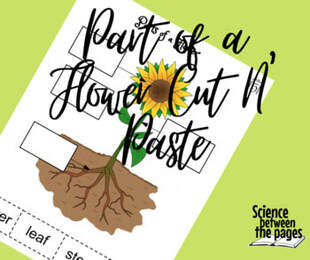 I brought in some sunflower seeds for the students to see and hull for themselves. They could eat them if they wanted to. I also gave them a handout where they can cut and paste the parts of the plant. While we did this, we sang the Parts of a Plant song to the tune of Have you seen the Muffin Man. I found this song here Duck Duck Goose Water Cycle StyleTo review the water cycle, we played Duck Duck Goose but instead of saying Duck and Goose, we set the four parts of the water cycle; Evaporation, Condensation, Precipitation and when we said 'Run off' the students were off...Each student had at least one chance to get up and say the different parts of the water cycle.
|
Lead LearnerWelcome! My name is Nicole Fleming and I have been leading science learning in the Bryan/College Station homeschool community for over 10 years. Archives
April 2023
Categories |
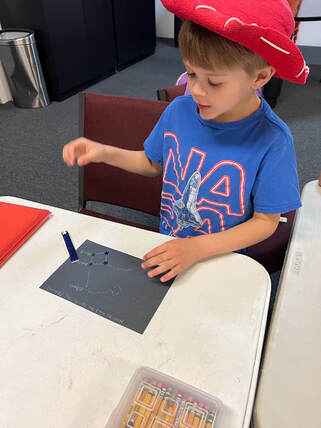
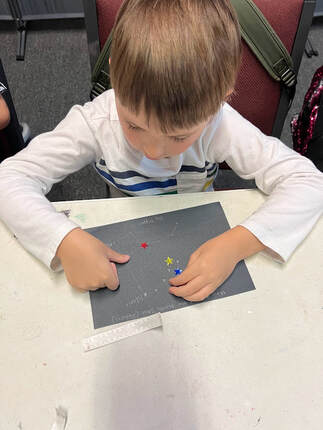
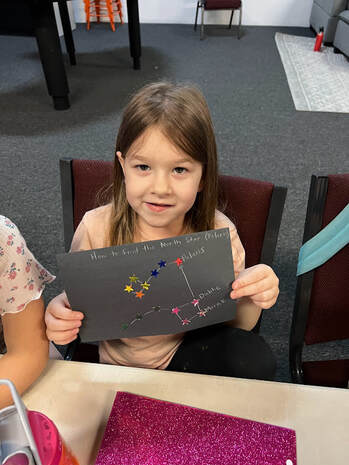
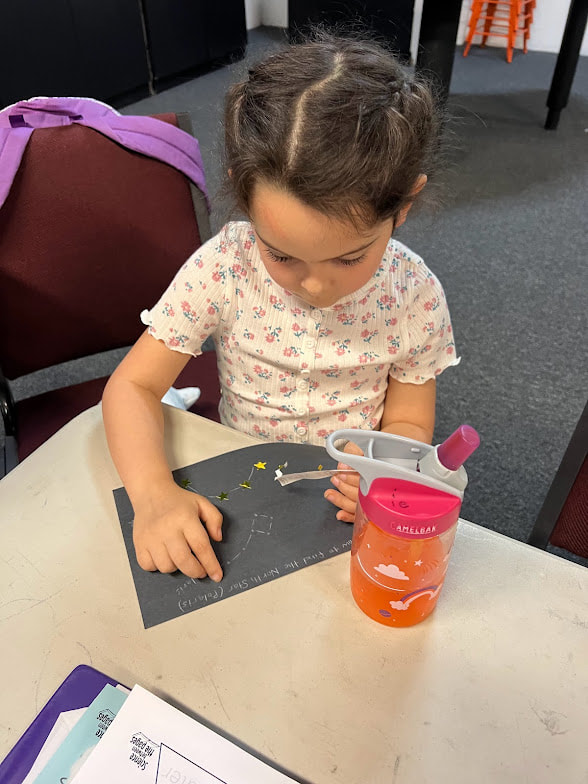
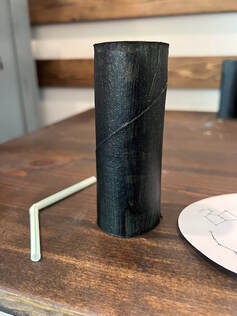
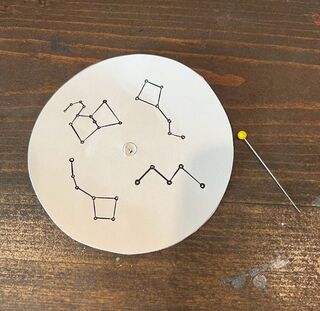
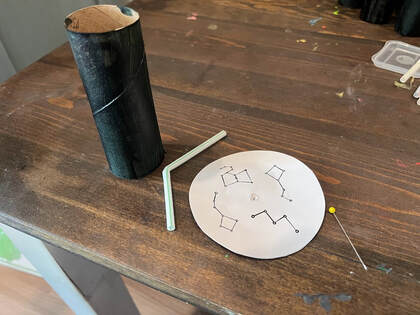
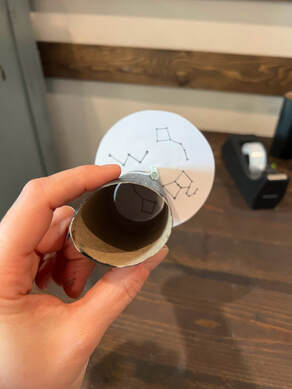
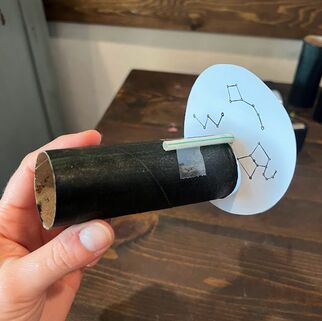
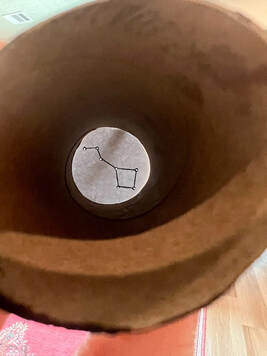
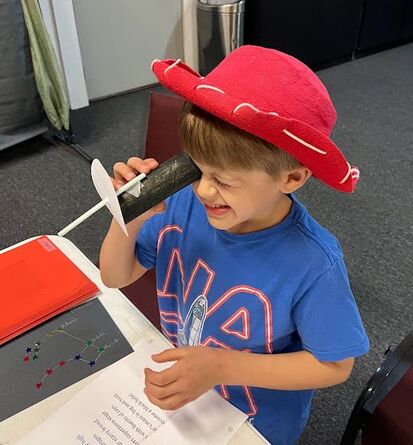
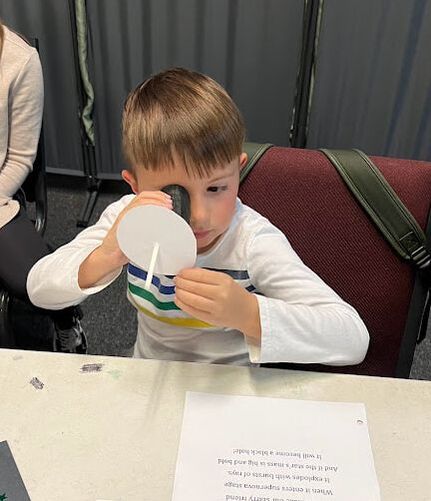
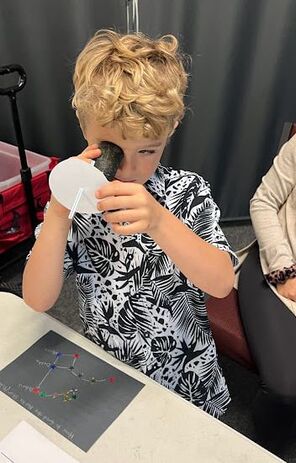
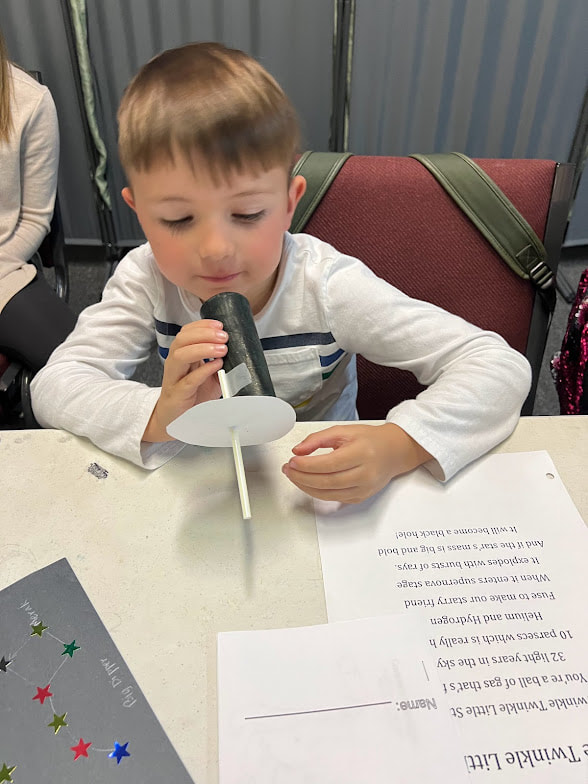
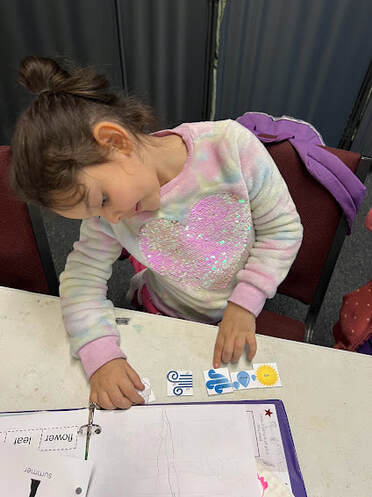
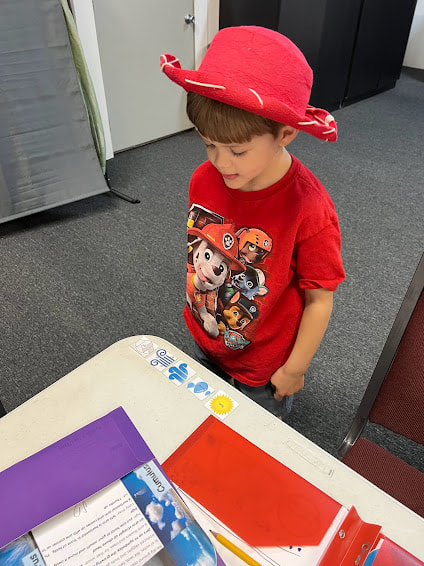
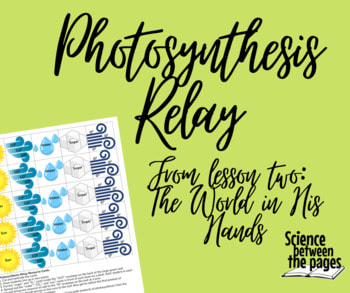
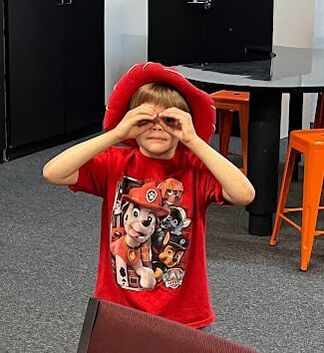
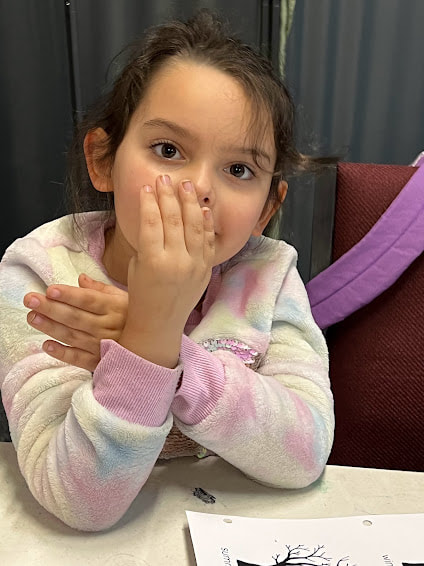
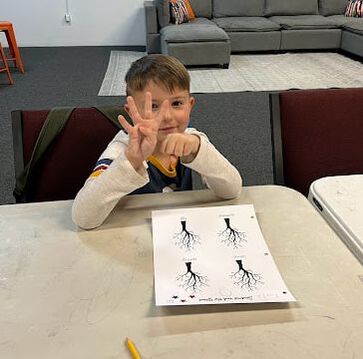
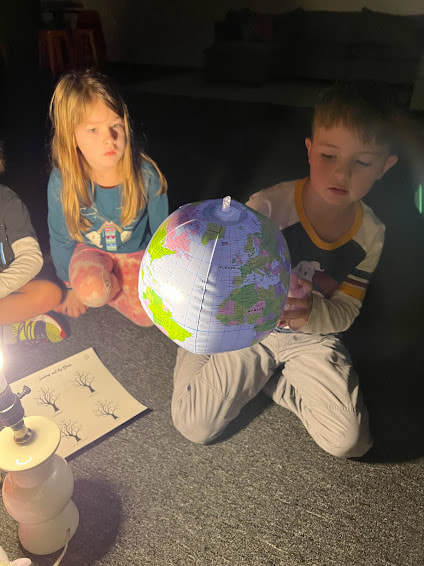
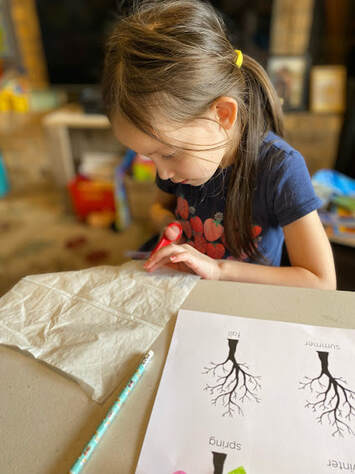
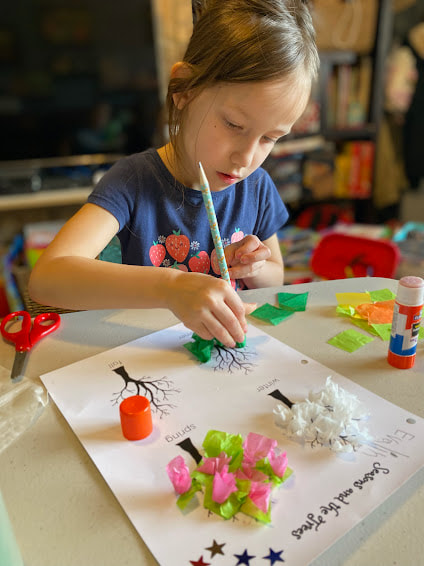
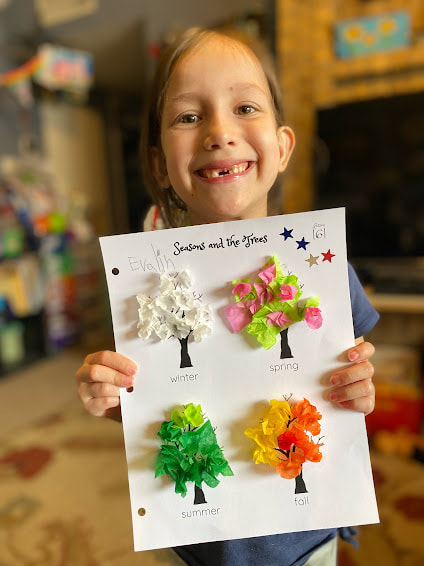
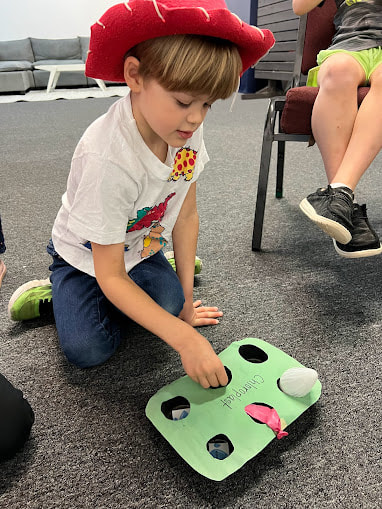
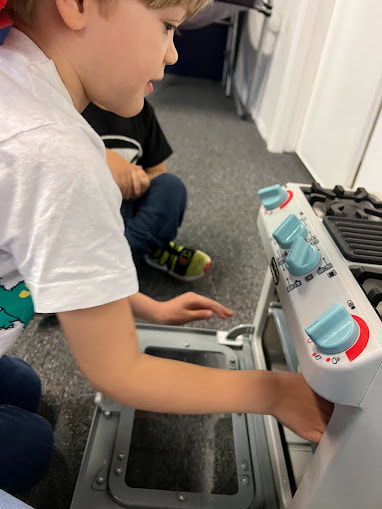
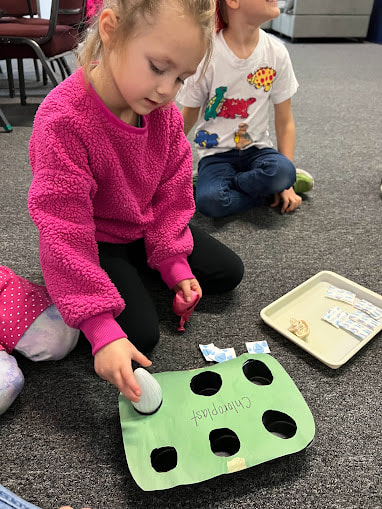
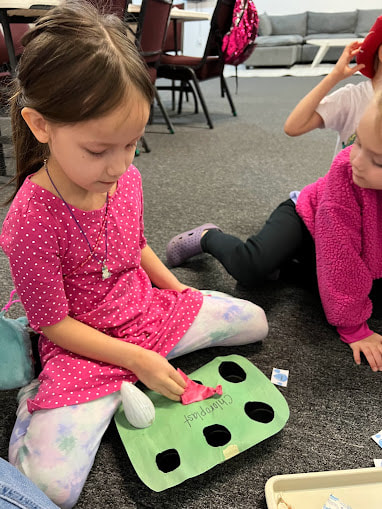
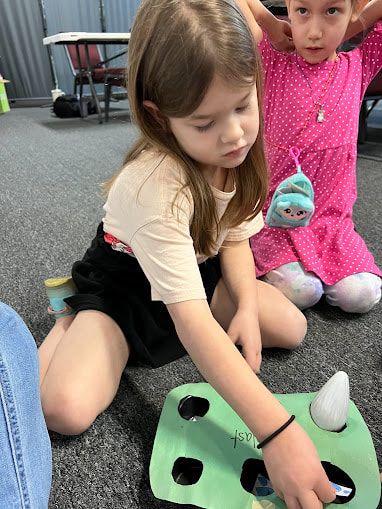
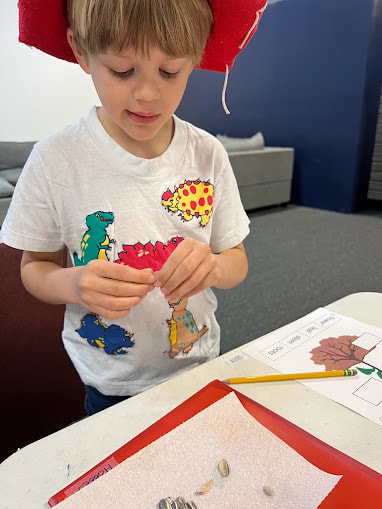
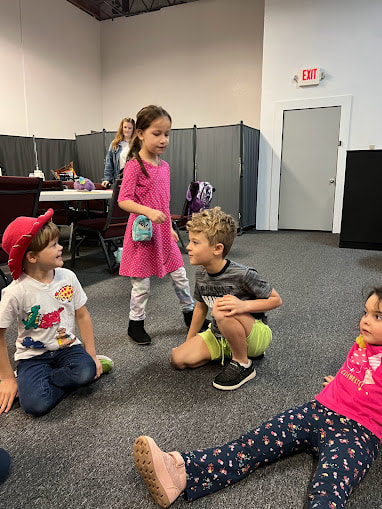
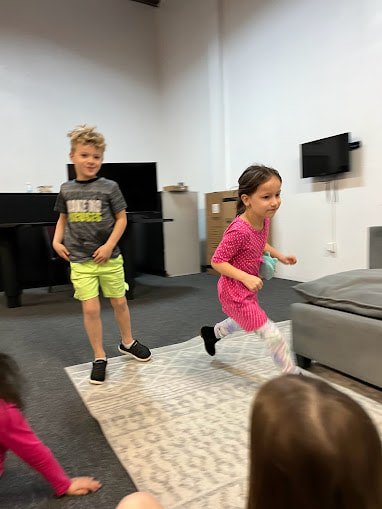
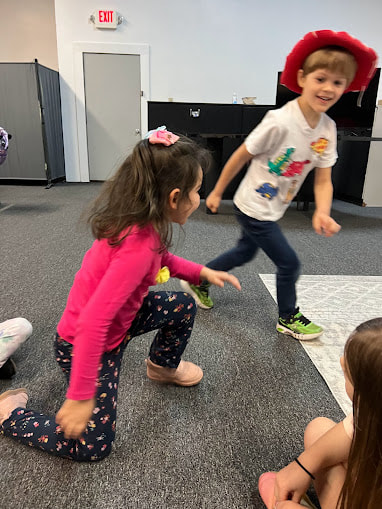
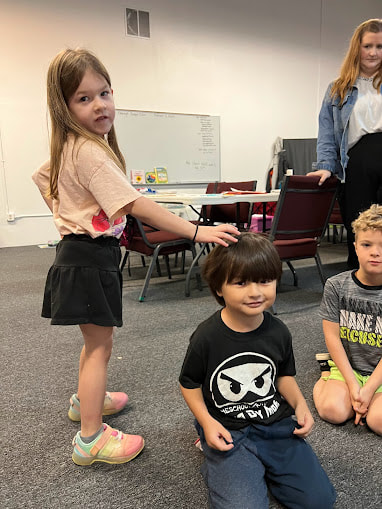
 RSS Feed
RSS Feed